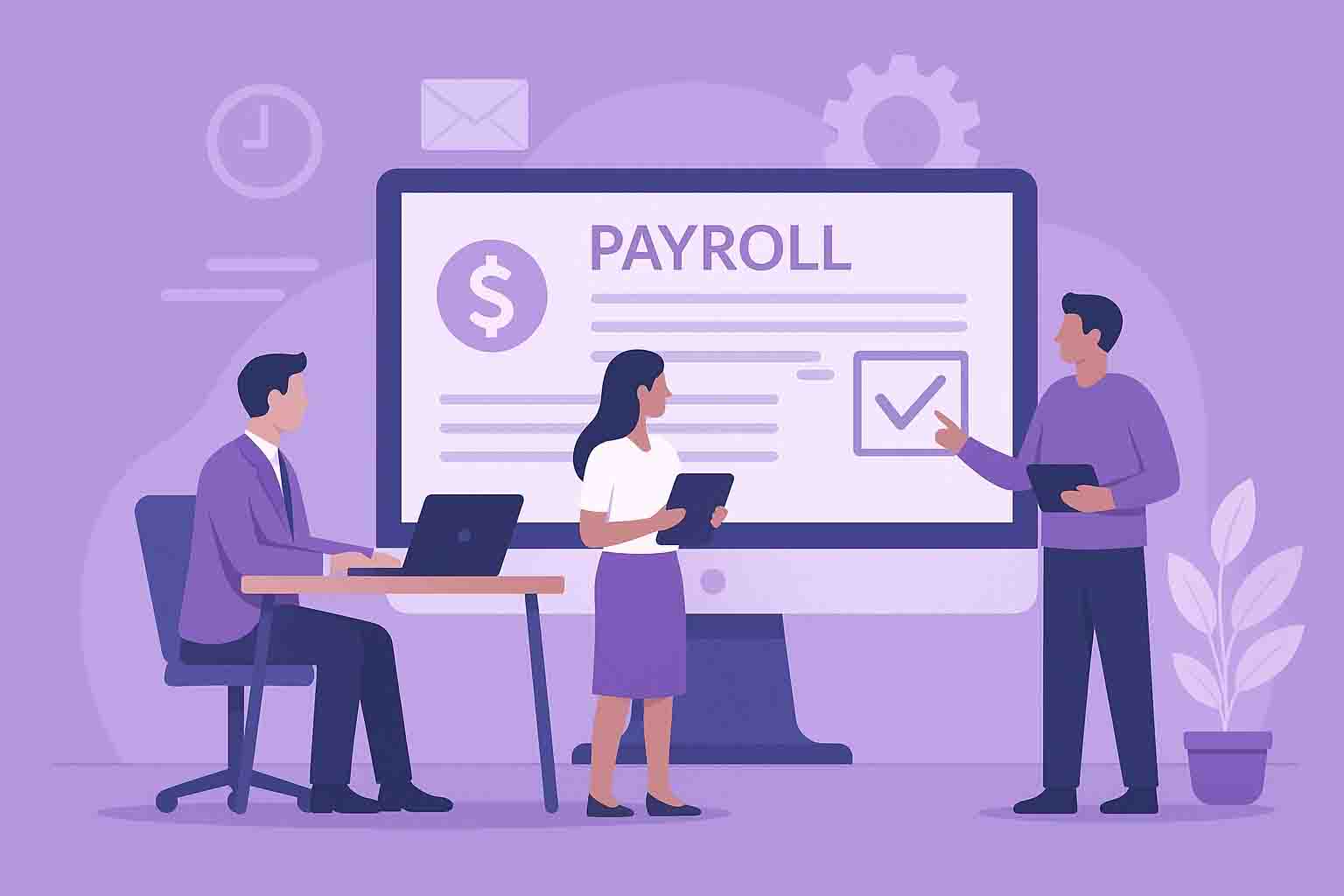If you’ve ever closed payroll in the Philippines on a rainy Friday, you know the drill: last-minute timesheet edits, mismatched overtime, someone’s leave request is missing, and a few “pa-follow up” attendance correction emails at 8:30 p.m. We’ve been there. Manual payroll works until it doesn’t. And when it breaks, it breaks loudly.
What usually goes wrong (and why it keeps happening)
Let’s be blunt. Spreadsheets are great for budgets, not so great for people’s salaries.
- A rushed formula gets dragged one row too far. Suddenly, night diff is off for half the team.
- Government filings pile up because the person who knows the workflow is on leave.
- DOLE asks for records and you have them… somewhere… across five tabs and a Dropbox folder named “FINAL2”.
- Trust takes a hit. One odd payslip is enough to make folks nervous the next cutoff.
This isn’t a tech problem only. It’s a time and trust problem.
What payroll automation actually changes
Automation isn’t just “using software.” It’s connecting the dots you currently jump between:
- Timekeeping feeds payroll without retyping biometrics or mobile logs flow straight into computation.
- Rules are encoded once – overtime, night diff, regular and special holidays, rest days.
- Government contributions (SSS, PhilHealth, Pag-IBIG) and withholding tax are calculated consistently.
- Payslips go out online – no more PDF shuffle or printer jams at 5 p.m.
- Audit trails exist. When someone asks “Why is my net this much?”, you can actually answer in two clicks.
But we’re an SME, can’t we wait?
I hear this a lot. Short answer: you can, until growth, hybrid work, or a DOLE audit says otherwise.
- Compliance: Clean reports mean fewer penalties and faster responses to audits.
- Hybrid and field work: Mobile timekeeping with GPS/geofencing stops the back-and-forth.
- Morale: Payslips that balance every time. People notice.
- Time back: HR stops firefighting and finally fixes onboarding, leave policies, and hiring funnels.
A story from the trenches
One retailer in Quezon City ran payroll in Excel for years. It was fine at 18 staff. At 47, cutoff became a two-day marathon. They switched to an automated setup: biometrics at branches, mobile for roving staff, direct payroll integration. First month was bumpy (as usual – policy cleanup is real). By month two, cutoff took an afternoon. Complaints dropped. Managers stopped sending “pls recheck” screenshots. Nobody missed the old files.
What to look for in a PH payroll system?
Use this like a checklist when you talk to vendors (or your team, if you’re building in-house):
- PH rules baked in: 13th month, holiday types, night diff, rest day premiums.
- Gov computations: SSS, PhilHealth, Pag-IBIG, and BIR withholding – up to date and explainable on the payslip.
- Timekeeping integration: Biometrics and mobile (GPS, optional geofencing).
- Self-service: Employees can view payslips, file leave, and see time logs.
- Bank files: Export for your bank of choice to run payroll disbursement.
- Reports & audit trail: When someone asks “why,” you can show “because – here.”
How to switch to payroll automation without chaos?
No magic here – just a steady plan.
- Clean your data first: Names, IDs, rates, leave balances. Garbage in, garbage out.
- Mirror one cutoff: Run the new system in parallel with your spreadsheet. Compare deltas. Fix rules once, not every month.
- Train managers (not just HR): They approve time. If they’re slow, payroll is slow.
- Set a help window: First two cycles, promise quicker responses for “why is my net pay different?” questions.
- Review after 60–90 days: Did cutoff time drop? Fewer disputes? Faster filings? If not, tweak rules and flows.
Common objections to payroll automation (and straight answers)
- “Software is expensive.” So are penalties, overtime hours, and re-runs. Most SMEs break even within a few cycles.
- “We don’t have time to implement.” You’re already spending the time—just in crisis mode. Implementation is time you spend once.
- “What if rates or rules change?” Good systems update quickly, and you still have control over final checks.
- “People won’t adapt.” They do, if payslips are consistently right and they can see their own logs.
The part employees actually feel
On payday, people don’t see your formulas. They see accuracy and timing. A payslip that explains itself. Money arriving when it should. That’s what payroll automation buys you: fewer surprises, more trust.
Bottom line
Manual payroll isn’t “bad.” It’s just outgrown quickly in the Philippines especially with hybrid work, multiple branches, and evolving compliance. Automation gives you cleaner math, calmer cutoffs, and a team that believes the numbers.
Start small if you like. Timekeeping first, then full payroll. Just start. With 30 days free trial you can start your payroll automation journey with MPM Payroll.

Leave a Reply